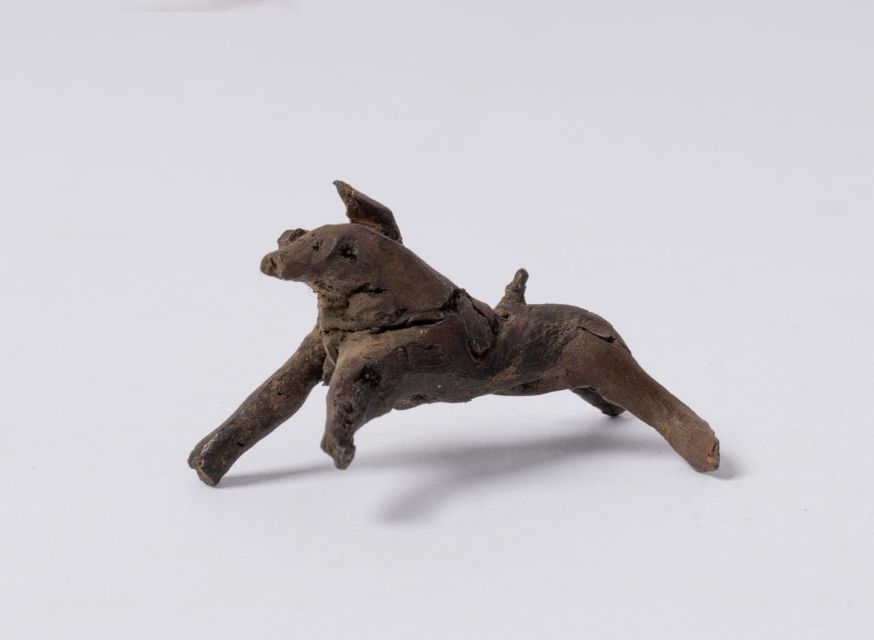Part of the collection
Rijksmuseum Boerhaave's mandrake does not look like a mini man at all: it resembles a bull. The root is kept in a modern jar with a label that reads ‘Alruinwortel Mandragora’ in typed letters.
The bottle with the root was gifted to the museum by a private collector that collected pharmaceutical objects. As far as we know, its likening to a bull does not occur in old botanic literature. This fact, combined with the modern label and bottle leads us to conclude that this is not an object from the 17th century – or even earlier - but instead a modern allusion to the past.
The history of pharmacy is rooted in its mystical precursor: alchemy. Traces of its mystical past can be found in historical pharmaceutical collections. On pharmaceutical jars containing medicine, we sometimes find unicorn pictured on the labels. These same unicorns can still be found on nostalgic signs hanging outside of pharmacies, referencing the name of the store: Unicorn Pharmacy. The unicorn was thought to have special healing powers, that also play a role in the Harry Potter books.
The private collection that the mandrake root is a part of also contains two other objects that allude to magic-medical folklore. A simple, zinc plate that could be worn as a medallion was supposed to have cured a patient’s rheumatism. A rounded piece of coral, worn as a necklace, is another example of folk medicine in this collection.
Is this mandrake root fake, then? The answer is no - this 20th century object merely shows that the stories surrounding the mandrake root are still very much alive. The big difference with what came before is that now, we don’t have to be misled by them anymore.
